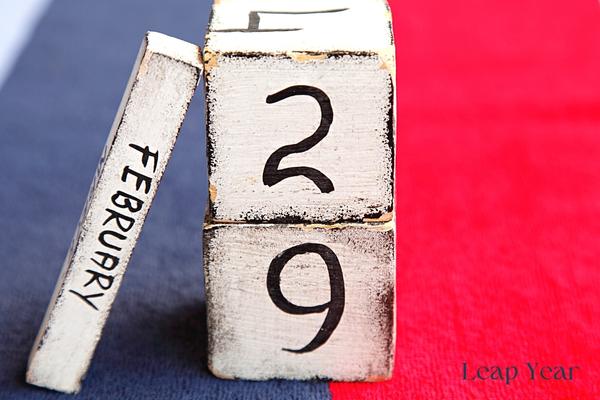This Is A Challenging Question That Resembles A Riddle In Some Ways
Depending on what you mean exactly. All months have 28 days, hence the answer is 12 if you read the question exactly as it is stated. Different question if you mean exactly 28 days and no longer.
Since no month in a leap year has exactly 28 days, the response is 0. Only February in a non-leap year has exactly 28 days, thus the response would be 1.
The Justification For February’s 28 Or 29 Days
February in India is marked by extended and chilly days. People anxiously await March to usher in spring after enduring the chilly temperatures and bad weather of December and January.
And the little bit of hope we have each year is that February won’t last too long. The month is, after all, two or three days shorter than the others. This made us wonder why February only has 28 days (and occasionally 29) in total.
Numa Pompilius, Rome’s second king, is credited with creating the month of February’s 28 days. Rome’s lunar calendar had only 10 months when he became king.
The period lasted from March through December. Because it had nothing to do with the harvest at the time, December through March was considered irrelevant by Romulus, the first king of Rome, and his people.
When Numa Pompilius assumed power, he made the decision to align the calendar with the 12 lunar cycles in order to improve its accuracy. Two extra months were required to make up for the lost time in the new 355-day year. So he extended the calendar to January and February.
Romans had an odd number of days in each month, which varied between 29 and 31 because they thought even numbers were unlucky. But one month had to be an even number in order to get to 355 days. With 28 days, February was picked to be the unfortunate month.
Sources claim that this decision may have been made because Romans revered the deceased and carried out purification rituals in February. In fact, the ancient Sabine tribe’s dialect defines the verb February as “to purify.”
The Numa Pompilius’ new 355-day calendar caused the seasons and months to diverge after a few years. The Romans introduced a 27-day leap month as necessary to synchronize the two. It started on February 24 if Mercedonius was utilized.
Additionally, because the leap month was variable, this had obvious flaws. In 45 B.C., Julius Caesar engaged an expert to create a sun-based calendar resembling the Egyptian one. The Julian Calendar extended every month by about 10 days, giving it either 30 or 31 days, with the exception of February.
Every four years, a day was added to February to adjust for the 365.25-day length of the year; this is now referred to as a “leap year.” This left February with only 28 days in the majority of years.
Calendar Used By Gregorian
The calendar that is currently utilized the most over the globe is the Gregorian Calendar. It is the calendar that is used in the ISO 8601:2004 international standard for representing dates and timings.
It is a solar calendar with 12 irregularly sized months within a 365-day common year. While February, the second month, only has 28 days on average each year, the other 11 months all have either 30 or 31 days.
Every almost four years, the Gregorian calendar lengthens a leap year to 366 days by adding an extra day, known as an intercalary day.
The Gregorian calendar divides the 365 days of the year into 7-day weeks, with the weeks being numbered from 1 to 52 or 53. It is customary to begin the workweek on Monday around the world. However, Sunday is regarded as the first day of the week in a number of nations, including the US and Canada.
Faq’s
Just one month, February.
12 months
Four weeks, each lasting seven days, make up each month if it contains 28 days.
7 months
4 months
